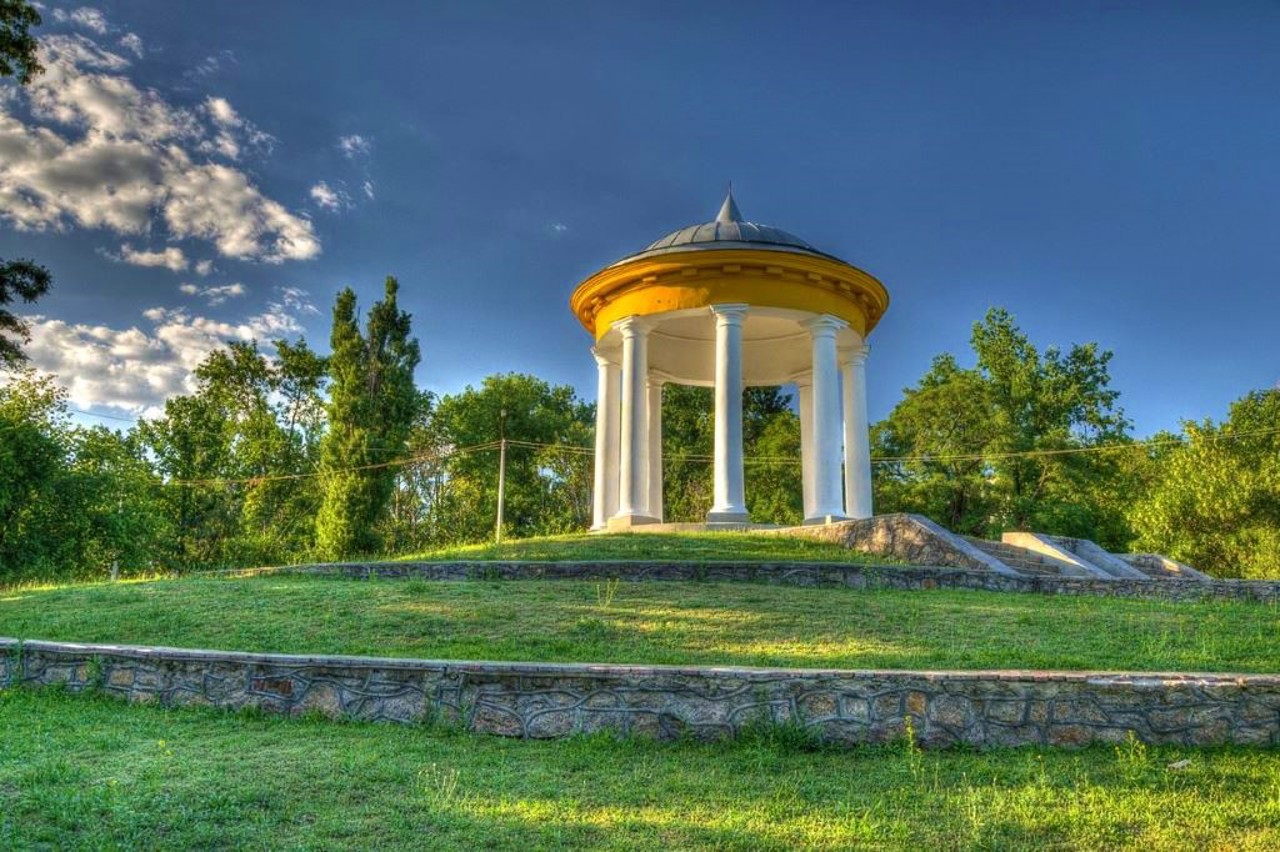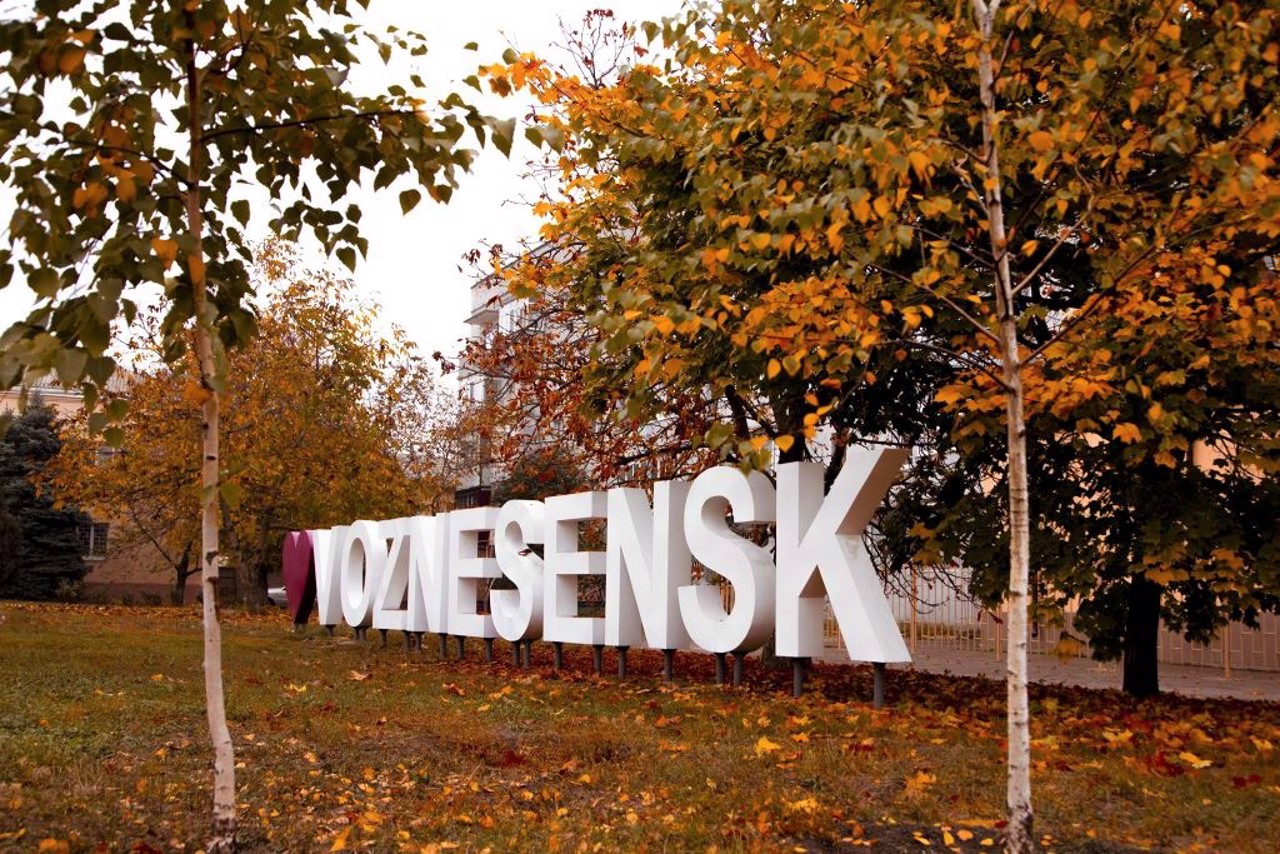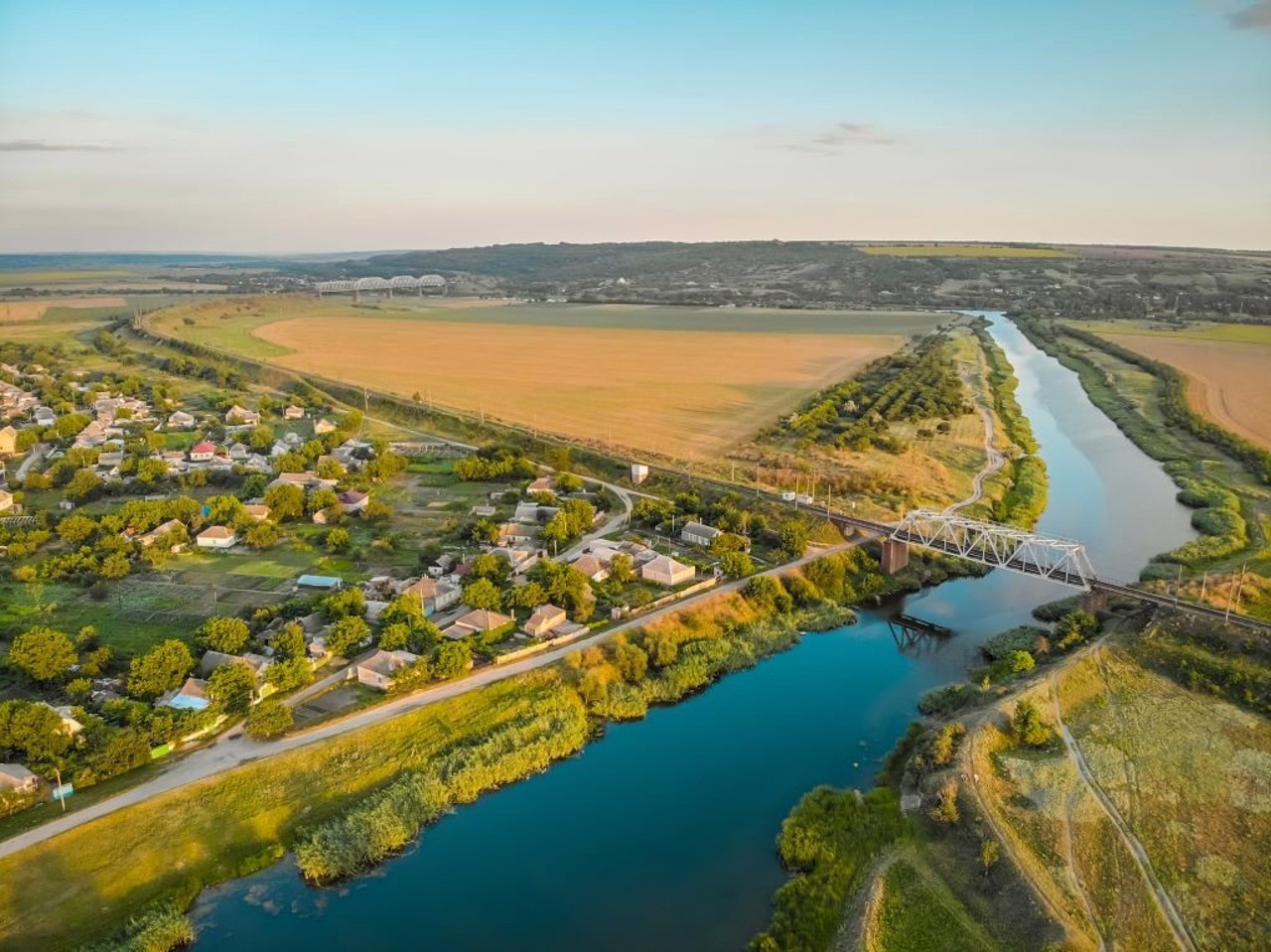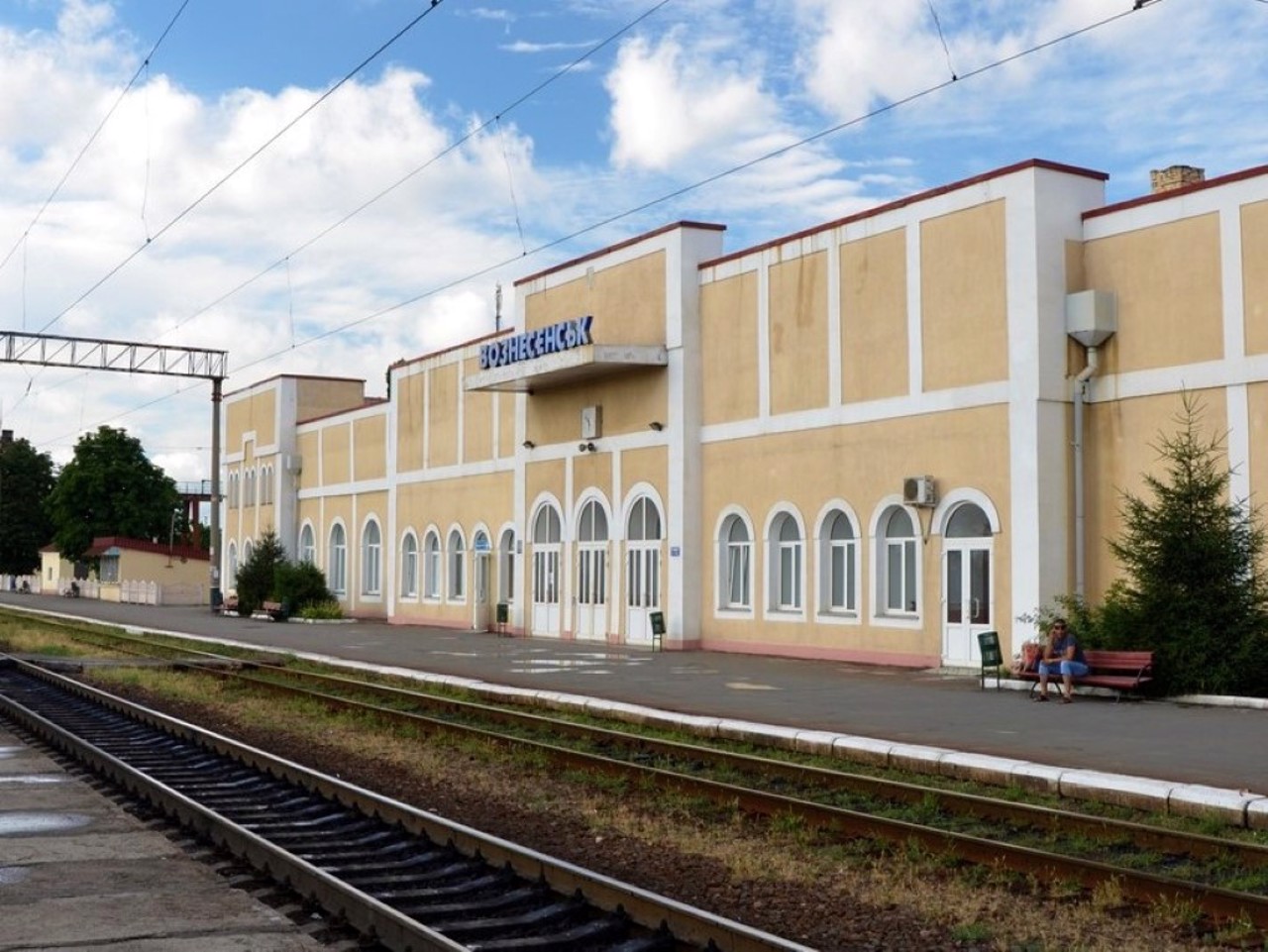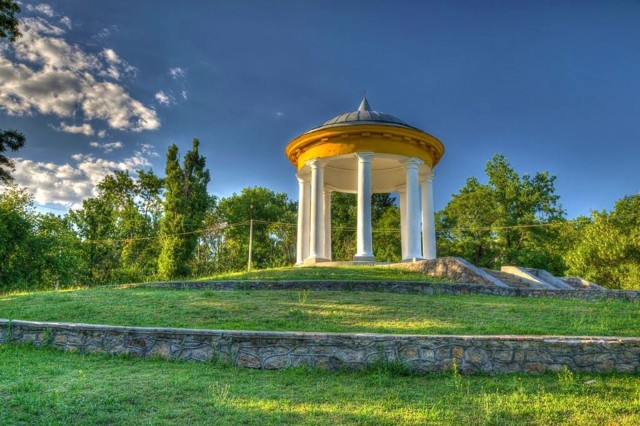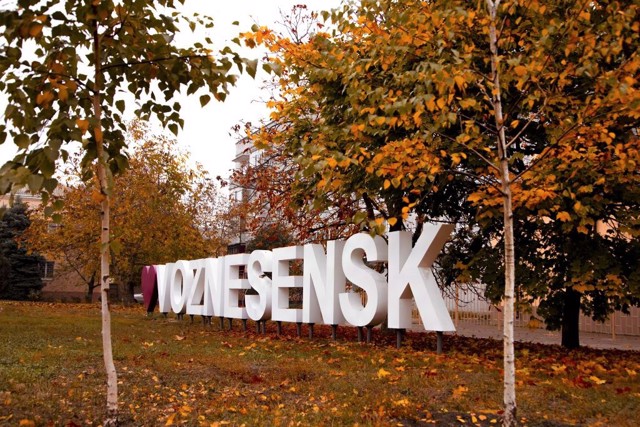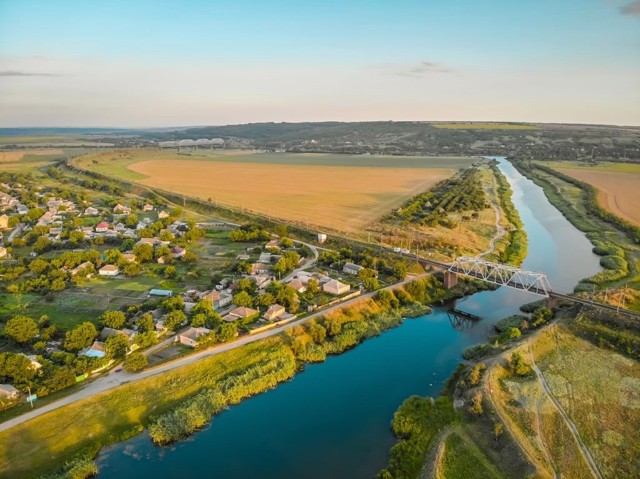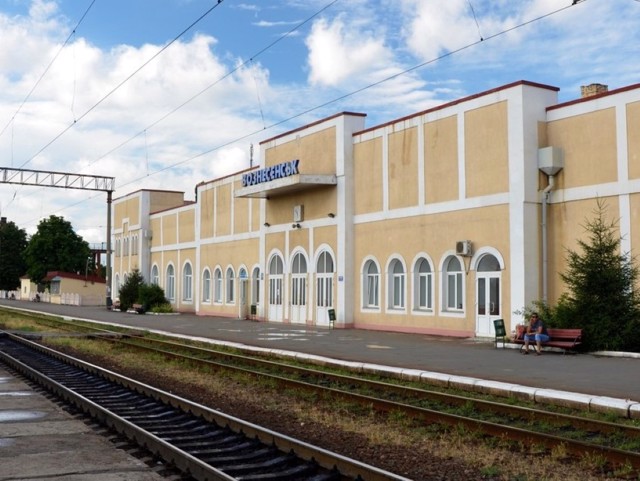Functional temporarily unavailable
Voznesensk
Travel guide online Voznesensk
General information about Voznesensk
The industrial city of Voznesensk on the highway Holovanivsk - Mykolaiv is known for light industry products (leather, shoes, furniture).
Until the 15th century, there was a Turkish fortress at this place, at the confluence of the Mertvovod River with the Pivdenny Buh. Later, there was a Lithuanian, then a Polish fortress of Sokilets, a Cossack winter camp with the Sokolina crossing.
The city of Voznesensk was founded by order of Empress Catherine II in 1795, named after the church holiday - Ascension of the Lord. For some time it was a provincial town. The rotunda erected in 1837 before the arrival of Emperor Nicholas I has been preserved in the Park of Sichova Slava, and the royal summer residence is located near Mary's Grove.
The museum of local history and art ...
The industrial city of Voznesensk on the highway Holovanivsk - Mykolaiv is known for light industry products (leather, shoes, furniture).
Until the 15th century, there was a Turkish fortress at this place, at the confluence of the Mertvovod River with the Pivdenny Buh. Later, there was a Lithuanian, then a Polish fortress of Sokilets, a Cossack winter camp with the Sokolina crossing.
The city of Voznesensk was founded by order of Empress Catherine II in 1795, named after the church holiday - Ascension of the Lord. For some time it was a provincial town. The rotunda erected in 1837 before the arrival of Emperor Nicholas I has been preserved in the Park of Sichova Slava, and the royal summer residence is located near Mary's Grove.
The museum of local history and art museum named after Yevhen Kybrik operates.
Voznesensk is a convenient transit point on the way to Crimea. The tourist infrastructure is developed - there are several hotels and restaurants of different levels.
Індустріальне місто Вознесенськ на трасі Голованівськ - Миколаїв відоме продукцією легкої промисловості (шкіра, взуття, меблі).
До XV століття на цьому місці, при впадінні річки Мертвовод в Південний Буг, існувала турецька фортеця. Пізніше тут була литовська, потім польська фортеця Сокілець, козацький зимівник з Соколиною переправою.
Місто Вознесенськ засноване наказом імператриці Катерини II в 1795 році, назване на честь церковного свята - Вознесіння Господнього. Деякий час було губернським містом. В парку Січової Слави збереглася ротонда, зведена в 1837 році до приїзду імператора Миколи I, а біля Мар'їного гаю - літня царська резиденція.
Працює краєзнавчий музей і художній музей імені Євгена Кібрика.
Вознесенськ - зручний перевалочний пункт по дорозі до Кри ...
Індустріальне місто Вознесенськ на трасі Голованівськ - Миколаїв відоме продукцією легкої промисловості (шкіра, взуття, меблі).
До XV століття на цьому місці, при впадінні річки Мертвовод в Південний Буг, існувала турецька фортеця. Пізніше тут була литовська, потім польська фортеця Сокілець, козацький зимівник з Соколиною переправою.
Місто Вознесенськ засноване наказом імператриці Катерини II в 1795 році, назване на честь церковного свята - Вознесіння Господнього. Деякий час було губернським містом. В парку Січової Слави збереглася ротонда, зведена в 1837 році до приїзду імператора Миколи I, а біля Мар'їного гаю - літня царська резиденція.
Працює краєзнавчий музей і художній музей імені Євгена Кібрика.
Вознесенськ - зручний перевалочний пункт по дорозі до Криму. Розвинена туристична інфраструктура - є кілька готелів і ресторанів різного рівня.
Сплануй своє перебування у Voznesensk
What to see and where to go in Voznesensk
Tourist attractions and museums of Voznesensk
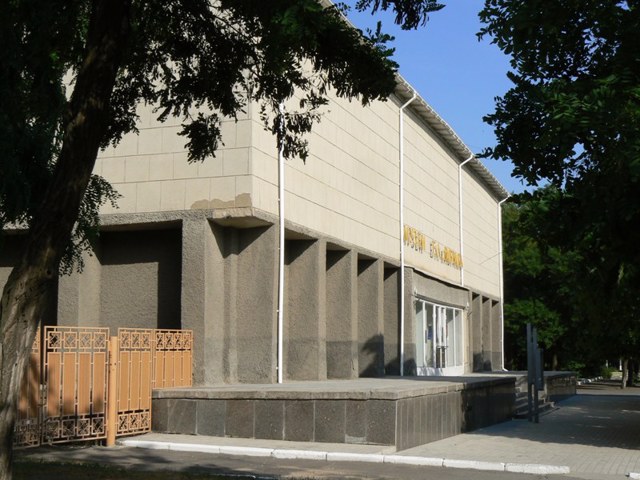
Art Museum named after Yevhen Kibryk
Museum / gallery
The Yevhen Kibryk Art Museum presents a large collection of works by this graphic artist, who was born in Voznesensk in 1906.
The outstanding illustrator left a significant contribution to the history of this genre, his museum is considered one of the five museums of graphics in the world.
The Kybrik museum exhibits paintings and reproductions of the artist's works, in particular, illustrations to the works of Mykola Hohol.
The art museum is located in a modern building in the very center of Voznesensk.
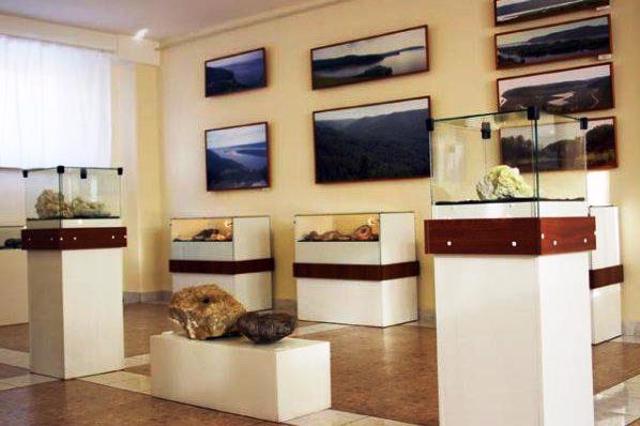
Exhibition Center "Rainbow"
Museum / gallery
The “Rainbow” Cultural and Exhibition Center was opened in Voznesensk in 2002 in an old mansion, which is an architectural monument.
In five halls decorated with exquisite moldings, reproductions of paintings by great masters of world painting are exhibited: Mykola Rerikh, Yan Vermeyer Delftsky, Albrekht Dyurer, Ivan Shyshkin, Ivan Ayvazovsky , etc. The gallery's exposition is constantly updated. All reproductions are made on the equipment of the German company “Heidelberg”.
The art salon of the “Rainbow” Exhibition Center offers to purchase reproductions that you like and posters of various sizes.
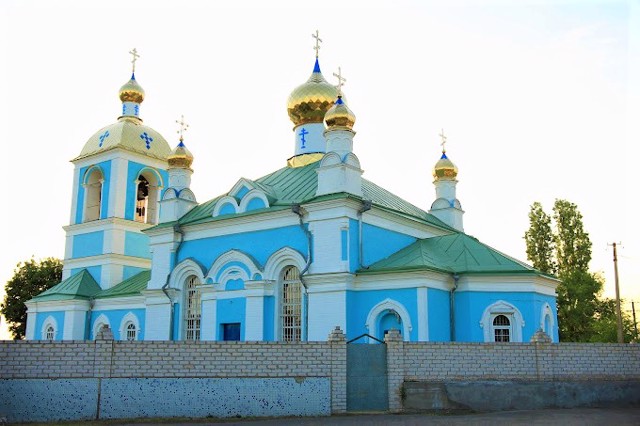
Holy Kazan Icon of Mother of God Church
Temple , Architecture
The Church of the Holy Kazan Icon of the Mother of God in Voznesensk was built in 1891.
It is located in the Bolharka district, which was a suburb of Voznesensk, at the intersection of Bolharska Street and Titova Street.
Holy Kazan Icon of Mother of God Church was one of the four Orthodox churches of the city. The only one that survived.
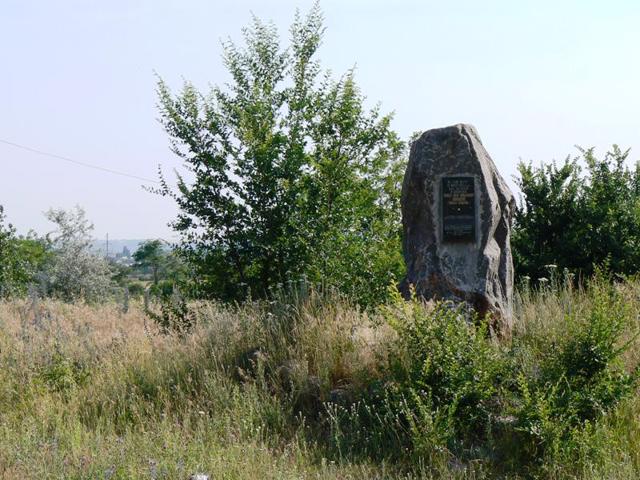
Mishka Yaponchyk Monument
Monument
A granite monument to the legendary Odesa robber, the "king" of the bandits Mishka Yaponchyk (Mykhaylo Vinnytskyi) was erected at the place of his death in Voznesensk in 1919.
According to legend, during the Soviet-Ukrainian war, a unit of Yaponchik, who was in the service of the Bolsheviks, rebelled and tried to break through on a train to Odesa. The Chekists organized an ambush at the entrance to the Voznesensk railway station. During the detention, Mishka Yaponchyk was shot by Nikifor Ursulov, the commander of the cavalry of the Voznesensk Separate Cavalry Division, during an attempt to escape.
The monument is installed at the entrance to the park "Mar'yin Grove". On the granite stone there is a plaque with the inscription: "On July 29, 1919, Moysha-Yakiv Volfovych Vinnytskyi was shot and buried at this place. He was also the "king" of the Odesa bandits, but he went down in history as Mishka Yaponchyk. There were many legends about him at that time. restless time".
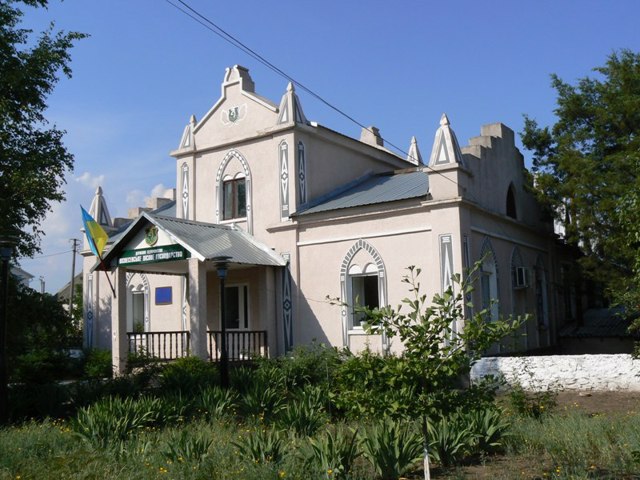
Nicholas I's Residence
Palace / manor , Architecture
The royal summer residence in Voznesensk was built in 1837 for the visit of Russian Emperor Nicholas I.
A small palace is located on the edge of Maryin Grove.
Currently, this is the building of the state-owned enterprise "Voznesensk Forestry".
Reviews Voznesensk
Geographical information about Voznesensk
| {{itemKey}} | {{itemValue}} |
|---|---|
| Region |
Mykolaiv |
